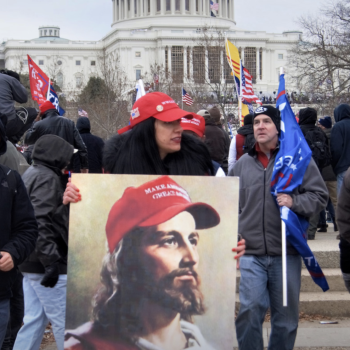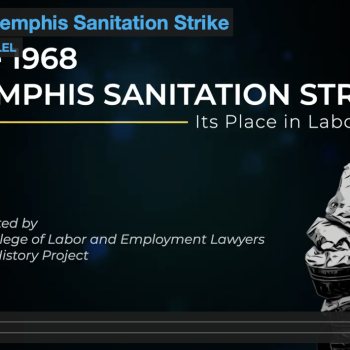Okay, so half of Episcopal congregation, and over 1/3 of ELCA congregations, have average attendance of 50 or less.
How are we to think about this faithfully?
Well, let me start by setting some context. I grew up in a large ELCA congregation, what would now be called a megachurch. St. Paul Lutheran in Davenport, Iowa averaged over 1000 in worship on a Sunday morning back in the 70s and 80s. It averages even more than this now. So my perception of church size is colored by the church into which I was born. I thought that was pretty normal. It wasn’t until much later than I realized an adult forum with over 100 in attendance was larger than many congregations.
On the other hand, I always remember a saying I learned from a friend and bishop: “Ten tithing families can afford a pastor.”
Really, they can. So ten tithing families, let’s say they all are adults with two children, is forty people.
Any church with forty people (forty members, I’m not even talking about average worship attendance!) can afford (if they all tithe at 10%) to compensate a pastor at the level of income that is typical for the families of the congregation.
So my friend Francisco Herrera asks an interesting question, “What would happen if mission development training, let alone policy at church wide offices, assumed that the average new church start would max out at around 50 to 85 parishioners and encouraged planning along those lines?”
I mean, why not?
What if most congregations assumed this was the normal, typical size, and planned accordingly?
So, back to my personal experience. I’ve been a pastor for over 15 years. During that time, almost everything I’ve read, almost every training I’ve attended, assumed the “average” congregation had somewhere between 125-175 in worship on a Sunday morning. Furthermore, the assumption was also: you should grow that congregation to the next size, with 200, 300, 400, 1000 in worship.
Then you can attend the special gathering that happens annually for “large” churches!
But think about what this does for our denomination (and really any denomination) as a whole. It normalizes one size of church, and provides few resources for those at other sizes.
But what if 40 in worship is normal? What if it is typical?
Well, for one, then you don’t have a 20 member choir. And you don’t have a dozen youth in the high school youth group. You probably don’t have a sanctuary with a separate multi-use space, and you don’t have a footprint like a “typical” congregation.
What I’m really trying to say is this: we need to throw out the image we have of a “typical” congregation out the window? WAY out the window. Like, so far we forget it altogether.
So many assumptions for church don’t apply once you assume 40 in worship is normal. Examples: no church secretary. Possibly no professional organist. In congregations made up of working class people, worker priests.
But it’s more than that. We also gauge effectiveness based on size. We think middle size congregations are the most effective. They have a footprint. You can see the church on the corner.
And we think large churches are the most successful. That somehow once you’ve gone mega you’ve made it.
I’ll admit, I’d love to receive the income some mega-church pastors receive.
On the other hand, I doubt I would ever want to (nor do I have the skills for) overseeing a staff of that size.
Also, mid-sized churches like the one I pastor are super nimble. We can get stuff done. I’m free to do all the things in our community, and I do them. I could imagine pastoring an evening smaller congregation, let’s say a congregation of 10 families, and being able to do even more.
Just think about it. Imagine if every pastor was just the pastor of 10 families. Imagine what they could do, not just for their parish (because oh my gosh, imagine being able to pour your time into just ten families!), but also, imagine what they could do in the world. Millions of 10 family units could send their pastors to Washington D.C. for marches on moral issues. Millions of 10 family units could ask their pastors to work for justice and peace in their local communities.
Of course those pastors could also show up for every hospital visit, every wedding, every funeral, every Sunday eucharist, even most soccer games and theater performances.
But in the small church economy, the millions of small church pastors could change the world.
I know we like the charisma and attraction of the mega-pastors, up on their stages with their tight jeans and perfect shirts.
But when we re-center on the normal, the small churches in their local communities, and we realize their capacity (which is immense, under-accessed, and forgotten)… well, that will change everything.












